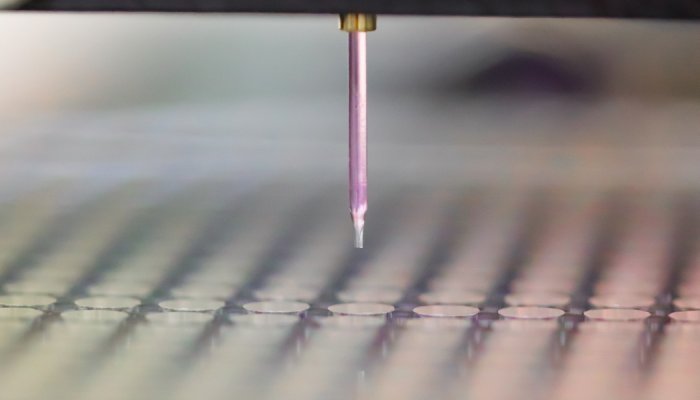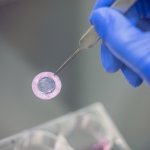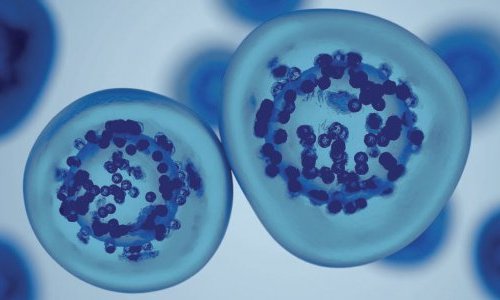Brown or dark spots are, alongside sagging and wrinkles, one of the most visible signs of skin aging. Their presence plays a significant role in modifying age perception, they are therefore an important research issue for cosmetic and beauty brands. According to Chanel, recent clinical studies demonstrated that dark spots increase perceived age by 3.7 years on average [1].
A world premiere
To better understand the biological mechanisms linked to pigmentation spots and improve the effectiveness of cosmetic products intended to prevent, attenuate or eliminate them, Chanel needed suitable biological supports, reproducing their complex structure within the skin matrix.
Chanel Research has therefore teamed up with LabSkin Creations, a French biotechnology company specializing in skin engineering, to use 3D bioprinting techniques to create reconstructed human skin on which a dark spot can appear.
The construction of biological models capable of reproducing the three-dimensional architecture of human skin and the morphological complexity of dark spots is a world premiere according to Chanel. It required the combined expertise of cell culture and 3D bioprinting techniques.
A dark spot in its micro-environment
The technical details regarding this innovation were presented in September 2022 in a scientific communication at the ESDR (European Society for Dermatological Research) Dermatology Congress.
The model is obtained using bio-ink containing melanocytes preconditioned in a pro-inflammatory environment that recreates the micro-environment of a pigentation spot. The skin is bioprinted with a predefined motif and the dark spot then gradually appears during the maturation step.
Understanding skin hyperpigmentation
Chanel aims to reconstruct and model skin in a laboratory with the most predictive dark spots possible in order to study the appearance and evolution of skin hyperpigmentation.
“With this exclusive model made from human cells in their micro-environment, it is possible to explore and better understand the biological mechanisms linked to skin pigment irregularities. Additionally, this allows Chanel to evaluate the efficacy of preventive and corrective active ingredients in order to select the highest performing ones,” says the company in a statement.
According to Chanel, this innovation paves the way for other more complex skin models that could, for instance, take into account different phototypes.
In a recent study [2], Zion Market Research forecasted the pigmentation disorder market to grow annually at a CAGR of around 5.75% between 2022 and 2028 to reach a value of USD 8.90 billion at the end of the period. Increased sun exposure, urban and in-home pollution and aging populations are contributing factors to rise in pigmentary disorders. North America, and given their cultural preference for spotless and clear skin, Asian countries such as South Korea, China and Japan, are the main markets.

































